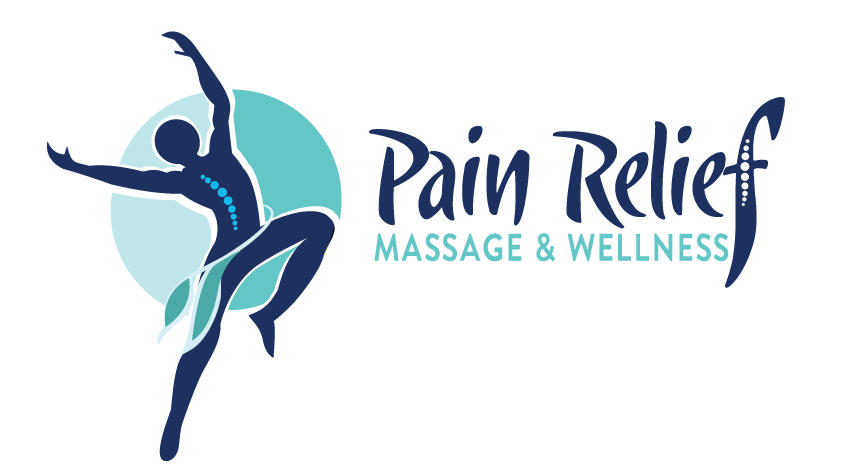Plantar Fasciitis
A client of mine, we'll call him "Bob" for the sake of privacy, is a runner. He just started his running program months ago and now can complete his first 5k with ease. Unfortunately bob (like many new runners I get to work on) started to get a nagging heel pain. It would be worse at the start of the day and lesson as the day progressed. It didn't even bother him as he ran, but he noticed the heal would start feeling achy if he stood on it for long periods, or at the end of the day. That first step out of bed each morning became increasingly painful, and even climbing steps seemed to be a chore. Fearing the pain would just keep getting worse, Bob stopped his running program. Unfortunately the pain stuck around. The pain was so uncomfortable, Bob changed the way he walked just so he would not put any pressure on the heel. This in effect caused other painful issues in the body. When Bob was referred to me, I discovered that these symptoms were those of Plantar Fasciitis. While I cannot diagnose, I informed Bob that symptoms of this condition can be helped through massage.
The plantar fascia is a flat band of tissue in the arch of the foot which connects your heal to your toes. When this area is strained, it becomes weak and irritated which will cause inflammation. How can this happen? Well in Bob's case the repetitive nature of running can place strain on the plantar fascia. In fact runners are more likely to get plantar fasciitis due to the stress placed on the feet. But runners are not the only group at risk. Those who are flat-footed, have high arches, have abnormal walking patterns, obese, or are on their feet all day are also at risk.
In Bob's case he would never stretch after his runs. He would run for 20-30 minutes at a time and maybe devote less than a minute for stretching those tight leg muscles after. His running shoes were crappy shoes with no arch support. It was no wonder that bob was having symptoms of plantar fasciitis. By the time he came to see me, he had symptoms of this condition for almost 4 months. For those who do not get this treated it can last a long time (more than a year!). Plantar fasciitis can also lead to heel spurs which may need to be surgically removed. Left alone long enough, plantar fasciitis can cause chronic all-the-time pain in the heel (which is no fun). Fortunately, this condition can be treated with a combination of things.
So what are treatment options? Most docs will recommend physical therapy and orthotics for heel support. When Bob came to see me, I recommended shoes for heel support and inserts for better support in the shoe. Plantar fasciitis is the feet's way of telling you that whatever your doing to them is wrong. Having good support for your arch is a crucial step to happy feet. Secondly, I always recommend self-treatment for in-between the massage sessions for quicker recovery. Frozen water bottle rolling for the arch can feel pretty great for those sore feet! Its just one of the few things I would suggest. I would also suggest foam rolling tight calf muscles to loosen any nerve restriction.
How would massage be able to help? I would begin by working the calve muscles first because pain in the heel & foot can be reproduced from these muscles. Of course, I would also work into the plantar fascia with deep tissue massage and stretching the muscles of the feet. I generally can find trigger points that could reproduce the pain in the heel, which can be loosened up with trigger point massage. After the session, we would talk about self-care since this condition can take a few months to go away with consistent care. In Bob's case, he felt almost 100% better after four massage sessions (seeing me once a week) and getting better support for his feet. Bob was also consistent in his own self care between massages. Wondering if massage will be able to help your foot pain? Make an appointment today to find out!


